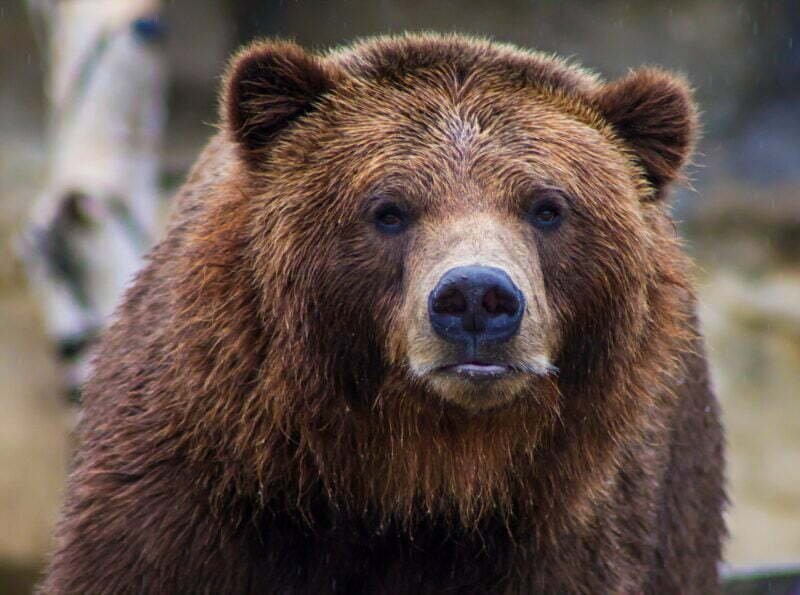With its massive size and powerful presence, the grizzly bear has long captivated the imagination of nature enthusiasts and wildlife lovers. Found primarily in North America, this iconic predator is not only a symbol of strength and wilderness but also plays a crucial role in maintaining the ecological balance of its habitat.
Table of Contents

A Formidable Creature
Grizzly bears, scientifically known as Ursus arctos horribilis, are one of the largest land-dwelling carnivores in the world. Adult males can weigh up to 1,500 pounds and stand over 7 feet tall on their hind legs. Their muscular build, humped shoulders, and distinctive silver-tipped fur give them a majestic appearance.
These bears are primarily found in the wilderness of Alaska, western Canada, and parts of the northwestern United States. They inhabit a variety of ecosystems, including forests, mountains, and tundra regions.

Adaptations for Survival
Grizzly bears have a range of adaptations that enable them to thrive in their harsh environments. Their sharp claws, which can be up to 4 inches long, help them dig for food, create dens, and defend themselves against threats. Their powerful jaws and long canine teeth allow them to catch and consume a wide range of prey, including fish, rodents, and larger mammals.
One of the most remarkable adaptations of grizzly bears is their ability to hibernate. During the winter months, when food is scarce, these bears enter a state of dormancy. They retreat to their dens and live off their fat reserves, sometimes going without food or water for several months.

Conservation Challenges
Despite their awe-inspiring presence, grizzly bears face numerous conservation challenges. Habitat loss, climate change, and conflicts with humans are some of the main threats to their survival. As human populations expand and encroach upon their territories, grizzly bears often find themselves in conflict with farmers, ranchers, and developers.
Efforts are being made to protect and conserve grizzly bear populations. National parks and wildlife refuges provide crucial protected areas for these bears to roam freely. Conservation organizations work tirelessly to educate the public about the importance of coexisting with these magnificent creatures.
Awe-Inspiring Encounters
Encountering a grizzly bear in the wild is a once-in-a-lifetime experience that leaves a lasting impression. However, it is important to remember that these are wild animals and should be treated with respect and caution. If you find yourself in grizzly bear country, it is essential to follow guidelines provided by park authorities and wildlife experts to ensure both your safety and the well-being of the bears.
Witnessing a grizzly bear in its natural habitat is a humbling reminder of the incredible diversity and beauty of our planet’s wildlife. By understanding and appreciating these magnificent creatures, we can work towards their conservation and ensure that future generations will have the opportunity to witness their splendor.

